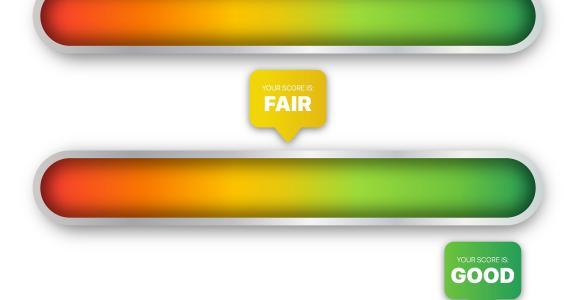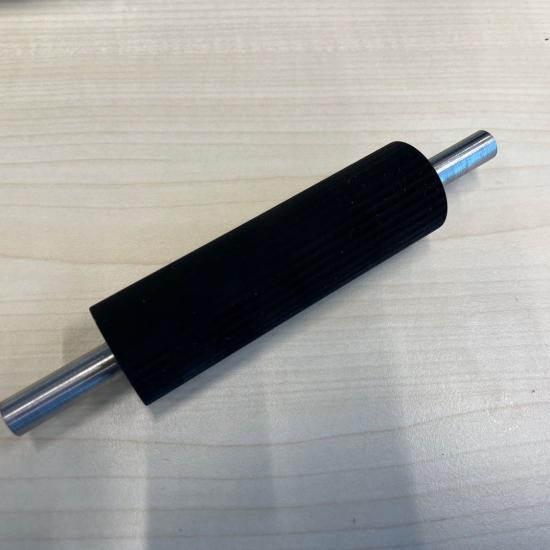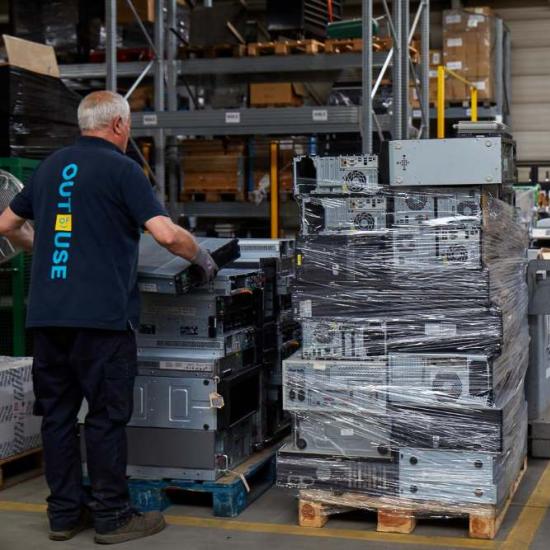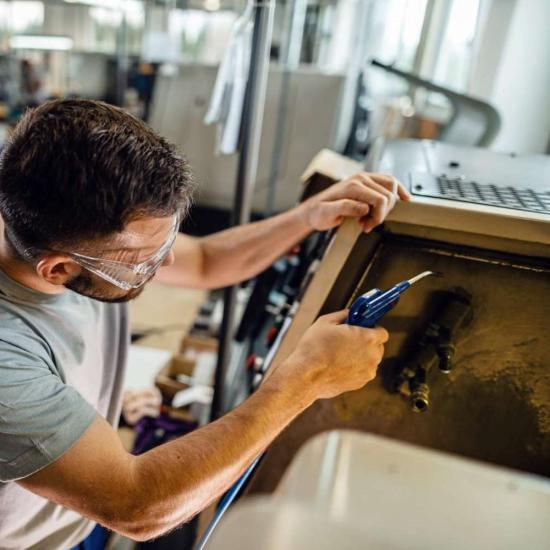Building circularity on existing policy
Although circularity is not an end in itself, progress toward circularity is on the agenda. Measuring progress in circularity, however, remains a challenge. One solution is to work iteratively to identify and address the most important aspects. Existing policy on safety, quality and the environment can form a useful basis for this.
What is progress and what counts as circular?
Becoming 100 percent circular is not a goal in itself. There are, after all, no completely impactless closed cycles, as we mentioned in a previous article. The circular strategies can help to provide the same or more functionality (working products) to customers while using fewer natural resources (raw materials). In essence, circularity is a framework for decoupling economic growth from environmental impact. The ultimate goal is to ensure absolute and sufficient decoupling, which we also mentioned in our article on acting to change measurement results.
On the other hand, simply zooming in on environmental impact is not very practical. There are many valid questions to ask when determining the actual environmental impact. A life cycle assessment (LCA) offers a partial solution, but only within the scope, functional (measurement) unit and the assumptions inherent in such an LCA. We have already reported on simplified life cycle analysis - which faces the same challenges - in the article on eco-cost calculation.
There are therefore still many uncertainties and challenges in measuring progress in circularity and the effect of materials use.
It is one of the many ‘wicked problems’ - complex problems that cannot be completely solved with one tool or one method alone. So we will have to work iteratively and identify and address the most important aspects.
Interacting areas of progress
Approached from the physical world, we can improve circularity and sustainability in terms of materials, components, products, the entire company or even the entire ecosystem in which these materials, components and products circulate.
In short, where materials are concerned this involves a reduction in material consumption, the extent to which hazardous and/or toxic substances occur, the consumption of secondary raw materials and the extent to which raw materials are re-used.
For components and products, design criteria are involved that strongly depend on how - and by whom - the products are used. We therefore see rather a focus on the extent to which product lifespan extension is possible through repair, upgrading, refurbishment, re-manufacturing, reuse, repurposing, etc.
At company level, the focus is typically on the product and service portfolio that also helps realise the circular potential of the materials, components and products in practice: the availability of services that actually repair, upgrade or retrofit the products or components, etc.
Finally, there is also the ecosystem in which all the actors who come into contact with the product or component once it has been placed on the market work together: to what extent are there incentives and structures for these actors to work together in such a way that they also help to achieve circular goals in practice? For this, you measure the extent to which the materials are completely recycled in practice after disposal, the extent to which the components are actually 'harvested' and reused as a recovery component and the extent to which the discarded products end up being given a new life through remanufacturing, upgrading or repurposing.
What circularity policy can learn from safety, quality and environmental policy
The core of every (certifiable) standard aimed at quality, safety and the protection of the environment consists of setting up effective processes that promote these things. Beyond a minimum level (compliance with laws and regulations, no toxic or dangerous working environment or emissions, etc.), these standards do not indicate an absolute value for the quality, safety or environmental impact. There are, however, very explicitly stated processes and minimum requirements to increase quality, safety and environmental impact reduction through continuous improvement. These consist of setting up a registration system of customer complaints, (near) accidents and incidents, instituting periodic evaluation of policy based on the input from this, setting up and documenting objectives and providing the necessary resources to achieve the objectives. This is a piece of cake for most companies.
This approach also makes sense when it comes to advancing circularity. As a first step, you can ask yourself what the concrete minimum requirements are that cannot be compromised on: legislation and regulations, reporting requirements, recyclability, warranty, repairability, etc. You then find out which processes really do make sense for achieving lasting progress: determining objectives (materials, products, company, ecosystem), recording customer and market requirements, setting up periodic evaluations, registration and reporting methods, etc.
Finally, you can check which structures exist in your company and ecosystem through which you can help monitor circularity objectives. Which follow-up system works well in your organisation and to which you can add some circularity? Consider, for example, review meetings (quality, safety, environment, etc.), sales meetings, design/product review meetings, management meetings or directive committee, or sector consultations at ecosystem level, periodic consultations with distributors and customer days.
Conclusion
Common sense, an open mind and learning from what already works is the message. It sounds logical and not very innovative, but actually putting it into practice seems to be a major challenge for many companies. So be sure to check out the approach used by other companies in your value chain. The golden rule is again: take small, logical steps, rather than turning it into a grand project.
|




